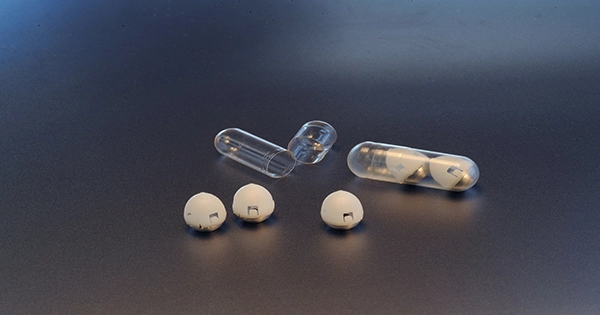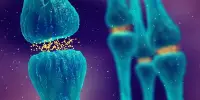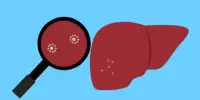This year’s Notting Hill carnival in London saw the collection of three and a half tonnes of nitrous oxide canisters. Nitrous oxide, also referred to as laughing gas, whippits, and nos, is the second most popular recreational drug among 16 to 24 year olds, behind cannabis, according to the Crime Survey for England and Wales.
Use of nitrous oxide is a dangerous trend that is on the rise. When an 18-year-old guy was admitted last week at an NHS hospital in Nottingham unable to control his legs because of excessive narcotics inhalation, one of the writers (Nikos Evangelou) was on call at the time. Another young man with comparable but milder symptoms visited the emergency room the same week with no exposure.
In the same week, two doctors phoned for advise regarding three young patients who had experienced extremely identical symptoms after breathing no.
The 18-year-old patient reported to us that after taking nos, two of his companions experienced numbness in their legs and unsteadiness. They needed eight months to fully recover. Another young man in Nottingham was hospitalized with the exact same symptoms just last month.
Nos inhalation commonly causes neurological symptoms like tingling in the feet that can move to the hands, shakiness when walking, or numbness in the legs. Many people will continue to be incapacitated for months or years even while receiving treatment.
A year ago, we hardly ever experienced nos-related neurological issues, and we are not the only ones. We’ve talked to other neurology departments in the UK, and it seems to be a nationwide problem.
Additionally, the Dutch Poisons Information Center noted an alarming increase in the number of NOS poisonings last year.
An anesthetic gas having anti-anxiety and pain-relieving qualities is nitrous oxide. Anaesthetists and neurologists are taught about the potential risks of this colorless gas as part of their medical education, but until recently, the information was mostly used to answer exam questions of the form: “What kind of neuropathy (disease of the nerves) are dentists more likely to get? ”
Nitrous oxide damages nerves by rendering vitamin B12 inactive. This vitamin is necessary to keep the myelin, the covering for our nerves, in good condition. The nerves misfire, causing people to become shaky or paralyzed when vitamin B12 is deficient or when it becomes inactive.
According to a French study, men are six times more likely than women to experience nerve injury as a result of nos. However, because they are more likely to have a B12 deficit, women are actually more susceptible. The study’s findings so confirm that men use no more frequently than women. (Vegetarians and vegans do not get enough vitamin B12, therefore theoretically they are also more likely to experience nerve damage if they take nos.)
The risk increases with the number of dosages inhaled. A session may include more than 100 dosages (balloons), according to some individuals. This is most likely the cause of the recent spike in instances that we have observed.
Because it is affordable and simple to obtain, nos is easily overused. Whippits, which are little aluminum canisters used for sale, are used to fill one balloon with the gas, which customers then breathe in. The last six to twelve months, however, have seen the introduction of enormous canisters that can hold at least 80 balloons.
These huge vials, which are more widely available and cost about $25, make each dose even more affordable. We believe that some users have started inhaling higher amounts as a result of this. Sadly, we must be ready for an increase in the number of hospital admissions of young people.
According to drug specialists, changing laws or regulations won’t likely result in a decrease in nitrous oxide consumption. In actuality, education is our strongest tool. Users must be instructed to cease using NOS as soon as they experience tingling and to seek medical attention right away. Additionally, we must train medical personnel in the diagnosis and management of nos-induced B12 insufficiency. This education is sadly needed at the present.
















